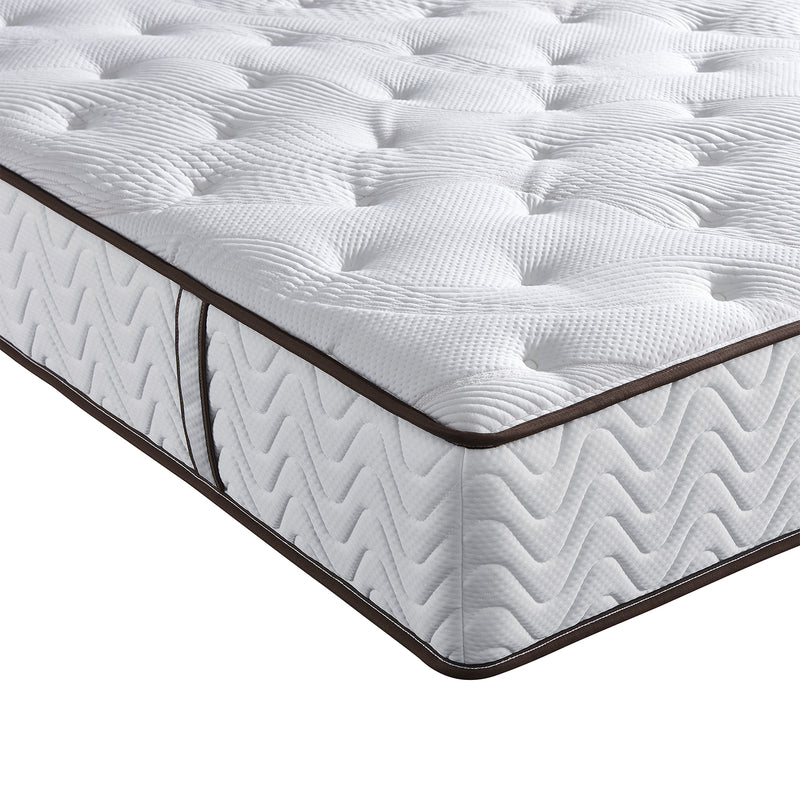Discover the Secrets of Latex Mattresses That Will Transform Your Sleep!
In recent years, latex mattresses have surged in popularity, capturing the attention of sleep enthusiasts and health-conscious consumers alike. With growing awareness of the importance of quality sleep, many are realizing how vital the right mattress is to overall health and well-being. A good night’s sleep can dramatically improve mood, productivity, and even physical health. This article aims to explore the myriad benefits, various types, and essential characteristics of latex mattresses, helping you make an informed decision for your sleep sanctuary.

Understanding Latex Mattresses
Latex mattresses are unique sleep surfaces made from natural or synthetic latex. Natural latex comes from the sap of rubber trees, while synthetic latex is produced from petrochemicals. The manufacturing process involves whipping the latex into a foam and then curing it to create a durable mattress. When it comes to latex types, there are two primary methods of production: Dunlop and Talalay. Dunlop latex is denser and firmer, often used in the base layers, while Talalay latex is lighter and more breathable, typically used in the comfort layers. Moreover, natural latex mattresses boast eco-friendly aspects, as they are biodegradable and made from renewable resources, making them an excellent choice for environmentally conscious consumers.
Benefits of Latex Mattresses
One of the standout advantages of latex mattresses is their impressive durability. Unlike traditional innerspring mattresses, which may sag over time, latex mattresses can last for years without losing their supportive qualities. Comfort and support are also hallmarks of latex mattresses; they offer a perfect balance of firmness and softness, contouring to the body while providing essential pressure relief. Additionally, latex mattresses are hypoallergenic and resistant to dust mites, mould, and mildew, making them an excellent choice for allergy sufferers. Whether you are a side sleeper, back sleeper, or stomach sleeper, a latex mattress can accommodate your needs, providing the right support to keep your spine aligned and reduce discomfort during the night.
Types of Latex Mattresses
When it comes to choosing a latex mattress, several types are available, each offering unique benefits. All-latex mattresses consist entirely of latex, providing excellent durability and support. Latex over foam mattresses combine a layer of latex with a foam base, creating a softer feel while maintaining support. Hybrid mattresses blend latex with innerspring coils, catering to those who enjoy the bounce of traditional mattresses. Each type has its pros and cons: all-latex mattresses are incredibly durable but may be pricier; latex over foam offers a good balance of comfort and cost, while hybrids can provide a traditional feel with the benefits of latex. It's essential to consider your sleeping style and preferences when selecting the right type.
Key Characteristics to Look For
Choosing the right latex mattress involves considering several critical factors. Firmness levels vary significantly, and it's essential to select a mattress that aligns with your body weight and preferred sleeping position. Thickness also plays a role in comfort; thicker mattresses may provide more cushioning for heavier individuals. Certifications, such as GOLS (Global Organic Latex Standard) and GOTS (Global Organic Textile Standard), indicate the quality and safety of the materials used. Lastly, always take advantage of a trial period to evaluate the mattress's comfort and support. Testing it out in your home environment can help you determine if it meets your specific sleep needs.
Making an Informed Choice
In summary, latex mattresses offer numerous benefits, from durability and comfort to hypoallergenic properties. Understanding the different types of latex mattresses and their key characteristics can help you make an informed choice that caters to your personal sleep preferences. As you consider upgrading your sleep environment, take the time to explore latex mattresses for an improved sleep experience that can transform your nights and energise your days.







